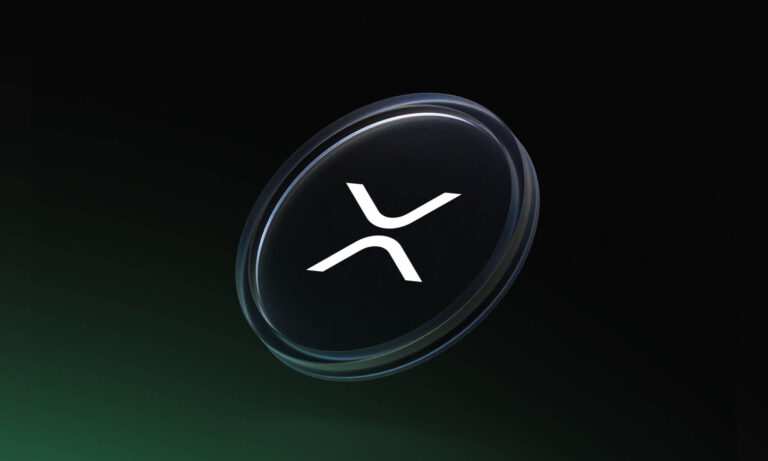
What is XRP?
XRP is a digital asset created for fast and cost-effective global transactions. It’s the native token of the XRP Ledger (XRPL), a decentralized blockchain built to handle payments and asset exchanges efficiently. Unlike many cryptocurrencies, XRP is designed for businesses—like banks and payment providers—to move money across borders quickly, not just for individual use.
How does XRP work?
XRP operates on the XRP Ledger, which uses a Federated Consensus mechanism. Instead of mining like Bitcoin, independent servers called validators agree on transaction order and validity every 3-5 seconds. This process skips energy-heavy proof-of-work, making it fast and cheap—transactions settle almost instantly for fractions of a cent. XRP acts as a bridge currency, helping convert one currency to another during cross-border payments.
What are the potential use cases for XRP?
XRP can power cross-border payments, letting financial institutions send money globally in seconds, cheaper than traditional systems. It also supports tokenizing and trading assets (like stocks or commodities) on the XRPL’s decentralized exchange (DEX). Other uses include micropayments, DeFi solutions, and soon, NFTs—basically anything needing quick, reliable value transfer.
What is the history of XRP?
XRP and the XRP Ledger were launched in 2012 by David Schwartz, Jed McCaleb, and Arthur Britto as a speedy, efficient alternative to Bitcoin. That September, they teamed up with Chris Larsen to found Ripple, the company behind XRP’s growth. Ripple received 80 billion of the 100 billion XRP created, placing 55 billion in escrow to control supply. Since then, it’s been used for global payments via RippleNet, hitting over 2.8 billion transactions by 2024.
What makes XRP unique?
XRP’s uniqueness comes from its speed (3-5 second settlements), low cost (pennies per transaction), and focus on enterprise use, unlike Bitcoin’s peer-to-peer design. It uses Federated Consensus, not mining or staking, for efficiency and stability—proven over a decade. With 100 billion XRP pre-created and no new issuance, plus Ripple’s escrow, it’s got a controlled supply, setting it apart from inflationary coins.
Why does the price of XRP fluctuate?
XRP’s price shifts with supply and demand. Its fixed 100 billion supply is managed by Ripple’s escrow releases (e.g., 1 billion monthly, with unused amounts relocked), affecting availability. Demand rises with adoption—like banks using RippleNet—or falls with market sentiment. External factors, like legal battles or crypto trends, also sway it, though the sources don’t specify these.
How can you buy XRP?
To buy XRP, pick a crypto exchange like Coinbase or Binance, sign up, and verify your identity. Fund your account with cash (via bank card or transfer) or crypto, then search for XRP and buy at the current price—around $1.86 today, per market data. Store it on the exchange or move it to a wallet like Ledger for safety. Check fees (usually 1-3%) and local rules first.
Should you buy XRP in 2025?
Not investment advice—do your own research!
Pros: XRP’s fast, cheap transactions and growing use in payments (over $1 trillion moved since 2012) could drive value if more businesses adopt it in 2025. Its regulatory clarity in the U.S. (not a security) and Ripple’s escrow might stabilize supply, pushing prices up—some see $5+ if trends hold.
Cons: Volatility’s high; past legal fights (like with the SEC) show risks, and competition from other blockchains could stall growth. Centralization concerns linger too. On February 24, 2025, it’s a high-potential, high-risk play—check your risk tolerance!
All crypto assets are risky, regardless of the type of token you hold. Here are some ‘baseline’ risks to be aware of before deciding to invest..
Investment risk: The performance of most crypto-assets can be highly volatile, with their value dropping as quickly as it can rise. You should be prepared to lose all the money you invest in crypto assets.
Lack of protections: Crypto-assets are largely unregulated and neither the Financial Services Compensation Scheme (FSCS) nor the Financial Ombudsman Service (FOS) will protect you in the event something goes wrong with your crypto-asset investments.
Crypto-assets are complex: It may be difficult to understand the risks associated with a crypto-asset investment. Do your own research and if something sounds too good to be true, it probably is.
Don’t put all your eggs in one basket: Putting all your money into a single type of investment is risky. Spreading your money across different investments makes you less dependent on any one to do well. A good rule of thumb is not to invest more than 10% of your money in high-risk investments such as crypto-assets.
Immerse yourself in the world of future business world. Explore our comprehensive resources, connect with fellow tech enthusiasts, and drive innovation in the industry. Join a dynamic community of forward-thinkers.